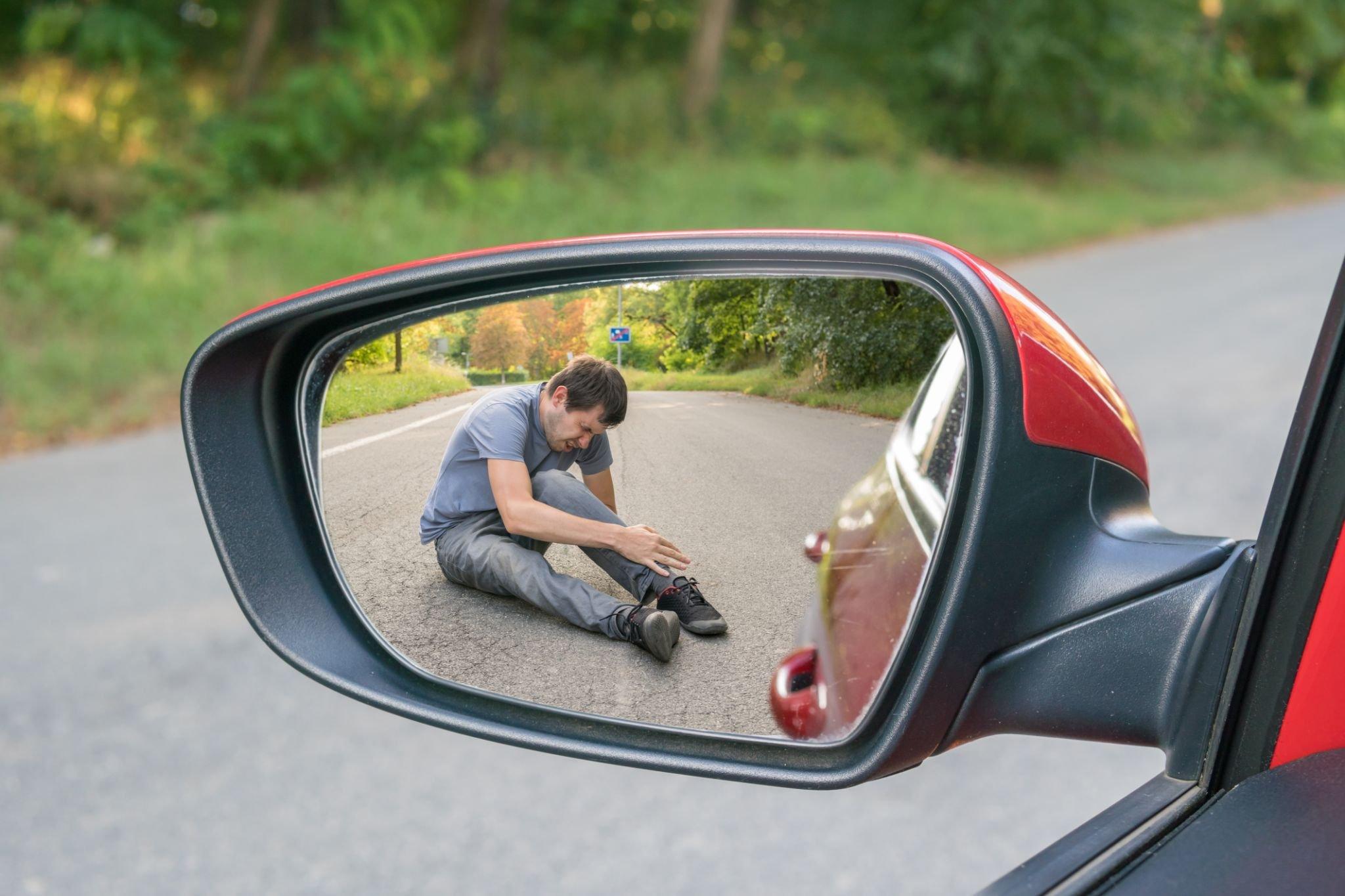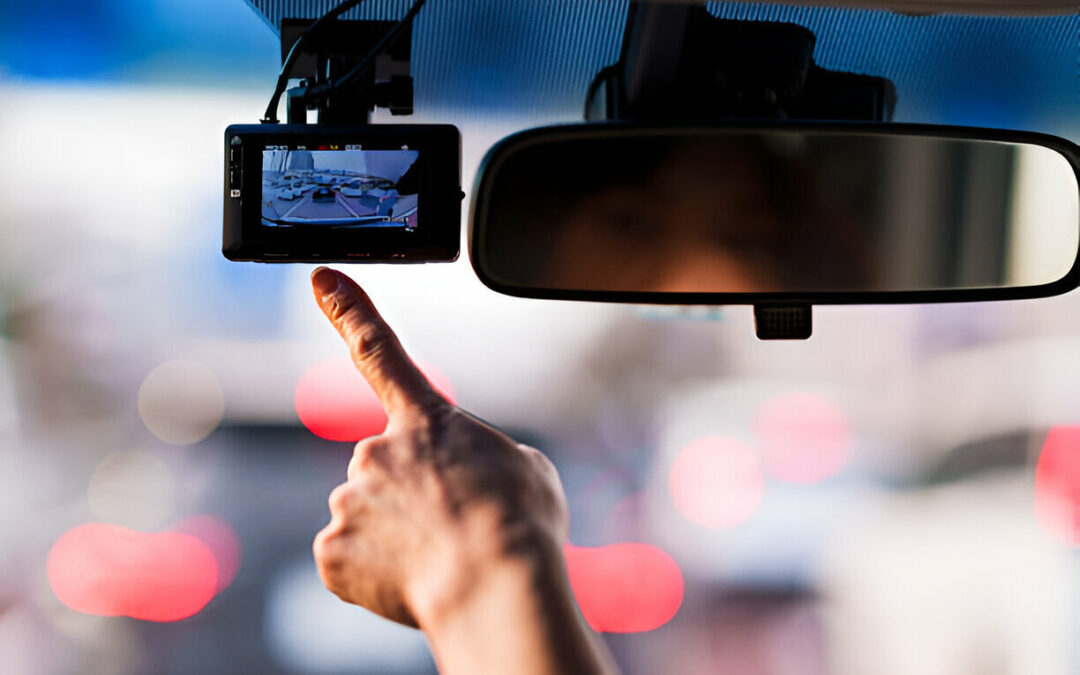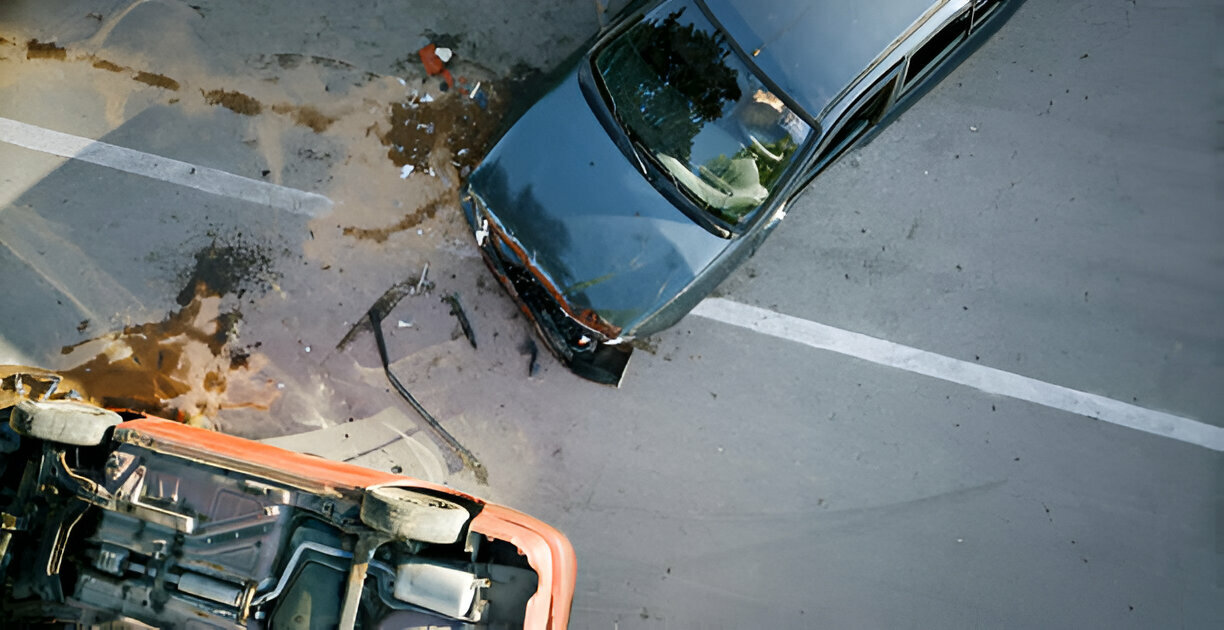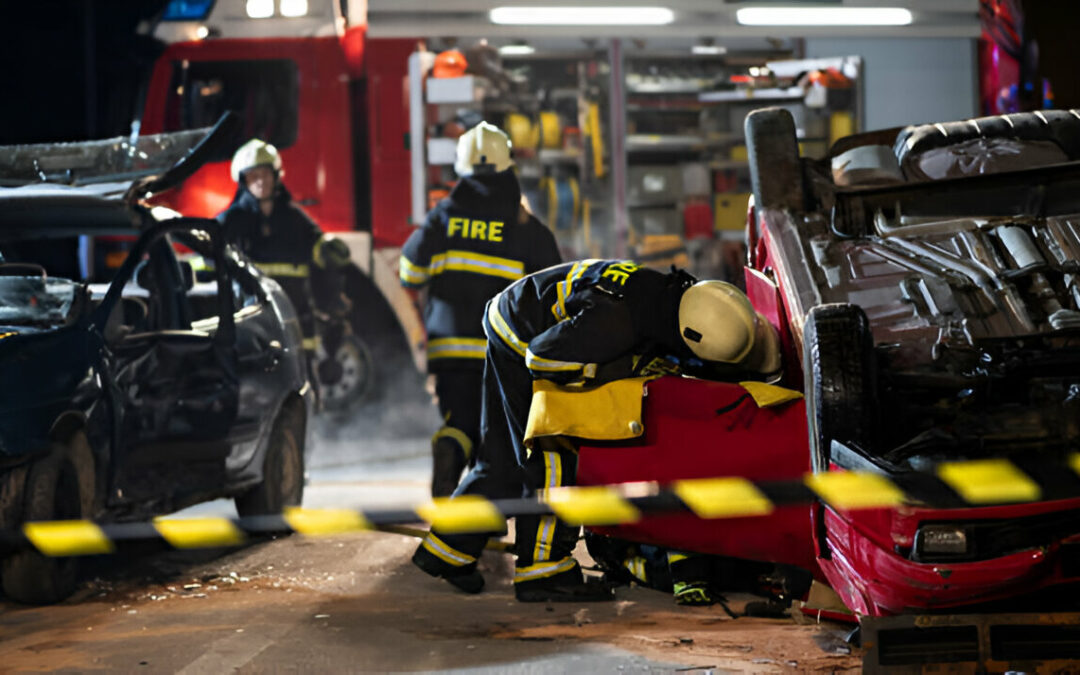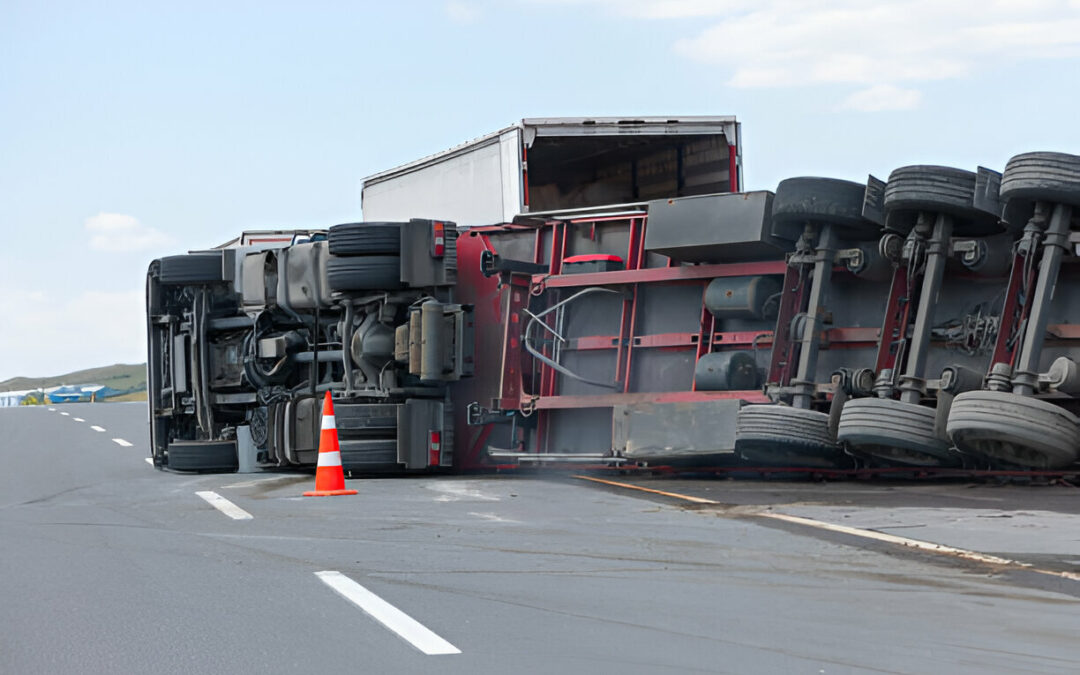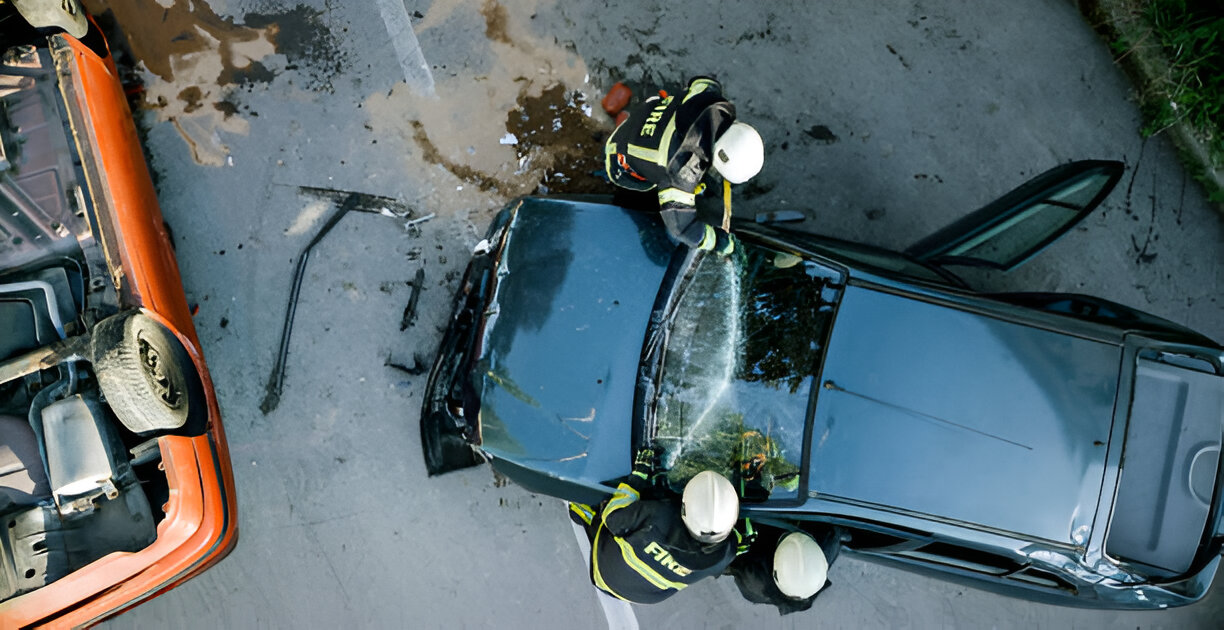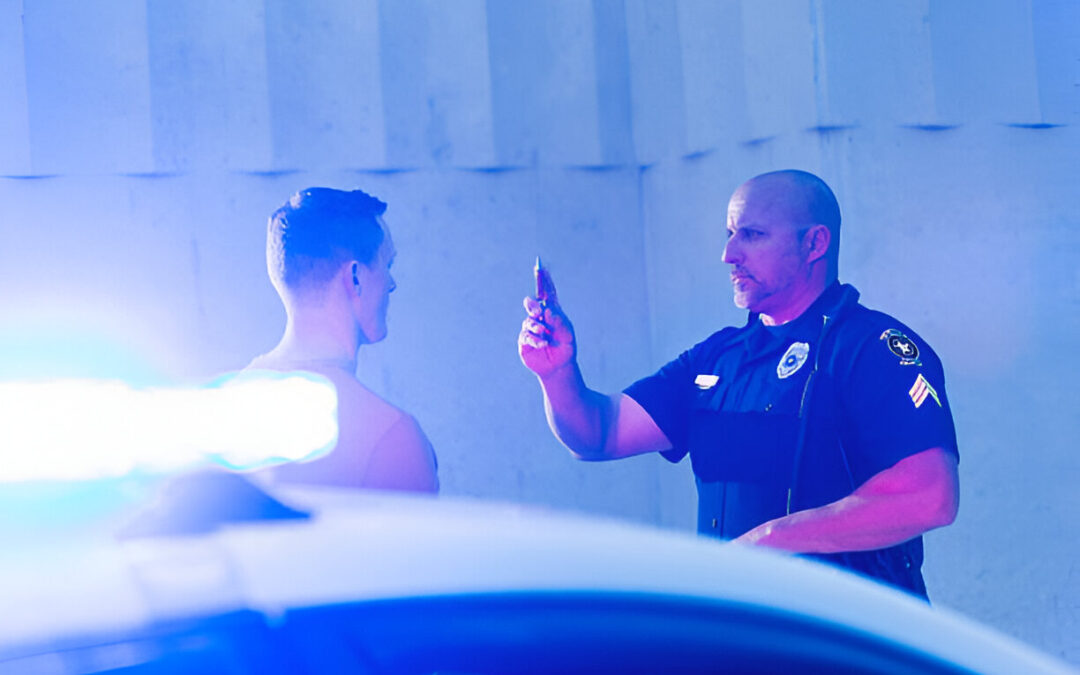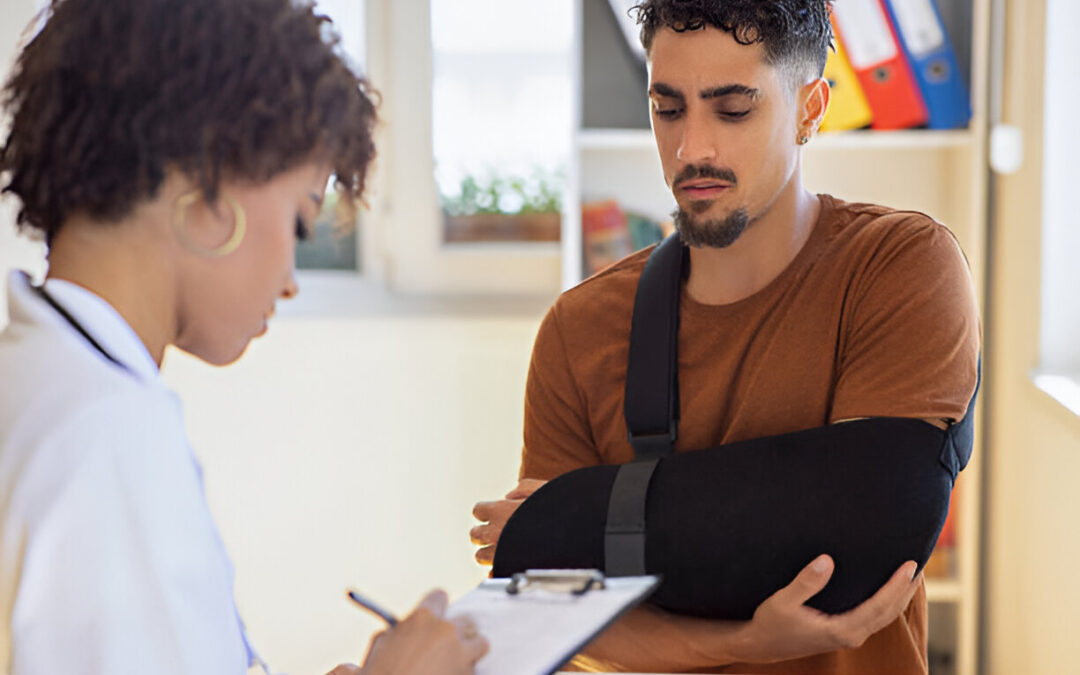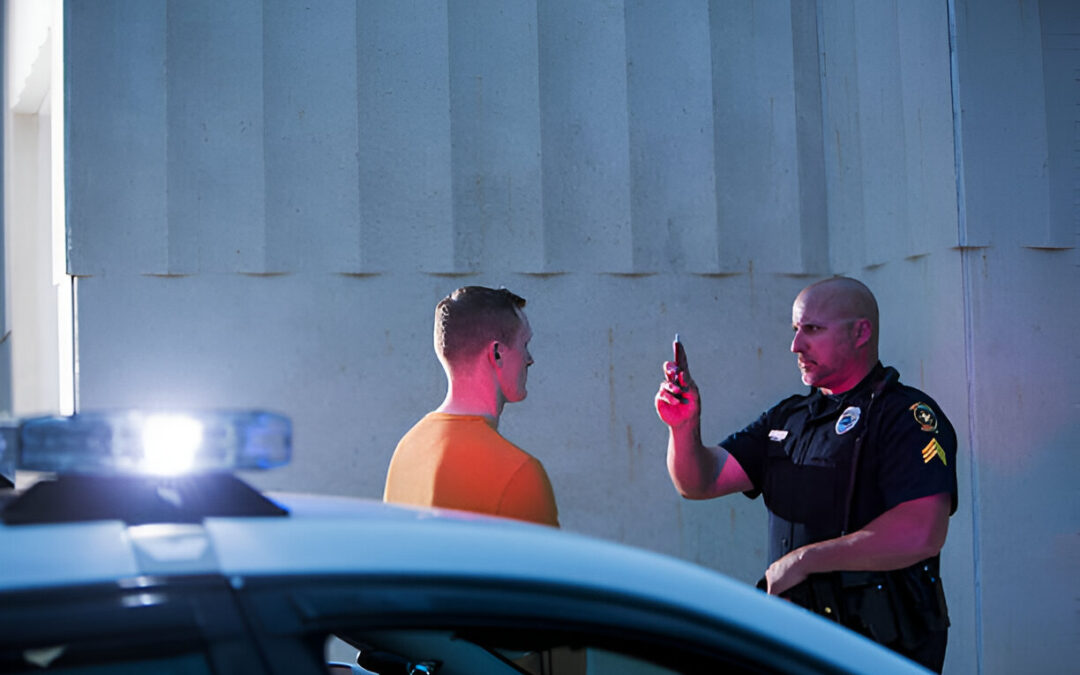Have you ever been in a position where you were reversing your car when another car struck you out of nowhere? Unfortunately, this scenario is not unusual and the events that follow an accident like this can be complicated and stressful, especially when figuring out who is accountable. In this blog, we will explore the topic of “I was reversing and a car hit me” and discuss the key factors determining fault in these accidents. In addition, we will cover the importance of blind spots, the dangers of backover accidents, and the steps that can be taken to prevent them.
What is a Backover Accident?
A backover accident refers to an incident in which a person is hit by a vehicle that is moving in reverse. These accidents can happen in various settings, such as parking lots, driveways, workplaces, and even on regular streets.
One of the main reasons why backover accidents are so hazardous is the presence of blind spots. Every vehicle has areas the driver cannot see, even when using the rearview and side mirrors. These blind spots can make it challenging for drivers to detect what is behind their vehicle, particularly in the immediate area directly behind it.
Common Causes of Backover Accidents
According to the National Highway Traffic Safety Administration, backover accidents result in a yearly average of 210 fatalities and over 7,000 injuries. These accidents pose a significant threat to children, particularly those between the ages of 12 and 23 months, who account for half of all fatalities. Large vehicles such as pickup trucks and SUVs are involved in most backover accidents, with 70% of accidents involving children being caused by a parent or relative of the victim.
Some of the most frequent causes of backover accidents include:
Driver Inattention
One of the main reasons why backover accidents occur is driver inattention. Drivers may not be paying close attention to their surroundings, especially when reversing their vehicles. This can lead to accidents as they may not see people or objects behind their vehicle.
Obstructed View
Another common cause of backover accidents is an obstructed view. This can be caused by factors such as large objects, buildings, or even parked vehicles blocking the driver’s view of what is behind them.
Poor Vehicle Design
Some vehicles have poor design features that can contribute to backover accidents. This can include high rear bumpers or large blind spots that make it difficult for drivers to see what is behind them.
Lack of Awareness
Children, the elderly, and individuals with cognitive disabilities are more likely to be involved in backover accidents due to a lower level of awareness and understanding of the dangers of reversing vehicles.
Distracted Driving
Distracted driving, such as using a phone, texting, or adjusting the radio while reversing, can also contribute to backover accidents. It’s crucial for drivers to be focused and attentive while operating their vehicles to avoid these kinds of accidents.
I Was Reversing and a Car Hit Me. Who’s At Fault?
In the event of a backing-up accident, determining fault can be achieved through two primary methods. These methods are based on asking the following questions:
Who Had the Right of Way?
If both vehicles were in motion at the time of the collision, then determining fault can be simplified by evaluating who had the right of way. According to traffic patterns, the driver who failed to yield and violated these patterns is often found to be at fault for the accident.
Was the Vehicle Moving?
If only one vehicle was in motion during the collision, then determining fault is straightforward. The driving vehicle is held responsible for the accident.
Backing-up accidents are common in various settings, such as parking lots, driveways, or when trying to parallel park in a tight space.
Is the Backing-Up Driver Always Liable?
In most cases, the driver who is backing up will be partially or entirely responsible for the accident. However, there are exceptions where fault cannot be solely placed on the backing-up driver.
Situations where the backing-up driver may not be entirely at fault include:
- Reckless driving by another driver
- Speeding by another driver
- Failure to yield by another moving vehicle
- Negligence by another driver, such as driving under the influence or distracted driving
How to Prevent Backover and Backing Up Accidents
As drivers, you are responsible for ensuring the safety of roads for yourself, other drivers, and pedestrians. Preventing backover and backing up accidents is a crucial part of this responsibility.
Here are some steps drivers can take to minimize their risk:
- Install a backup camera. New vehicles sold in the U.S. must have one, but older cars can also benefit from this safety feature. A backup camera eliminates blind zones and helps avoid accidents.
- Check the surroundings before getting into the vehicle. Make sure you are aware of pedestrians and other hazards in the area.
- Stay alert and aware of your surroundings. For example, turn off the radio, lower a window, and visually check in all directions before reversing.
- Avoid distractions by putting your phone out of sight. This keeps your eyes and mind focused on the road.
- Be prepared to stop. Move your vehicle slowly so that you can quickly stop if necessary.
- Educate children about the dangers of playing near traffic and parked vehicles. Teach them early, give regular reminders, and always supervise their outdoor play.
Contact Our Office
Don’t let the aftermath of a reversing accident with a car hit leave you unsure of your rights. Call Pacin Levine, P.A. now at 1-800-24-7-CRASH (2727) for a free consultation on your case. Our experienced attorneys will provide you with the answers and support you need to get the compensation you deserve. Take control of your case today.


